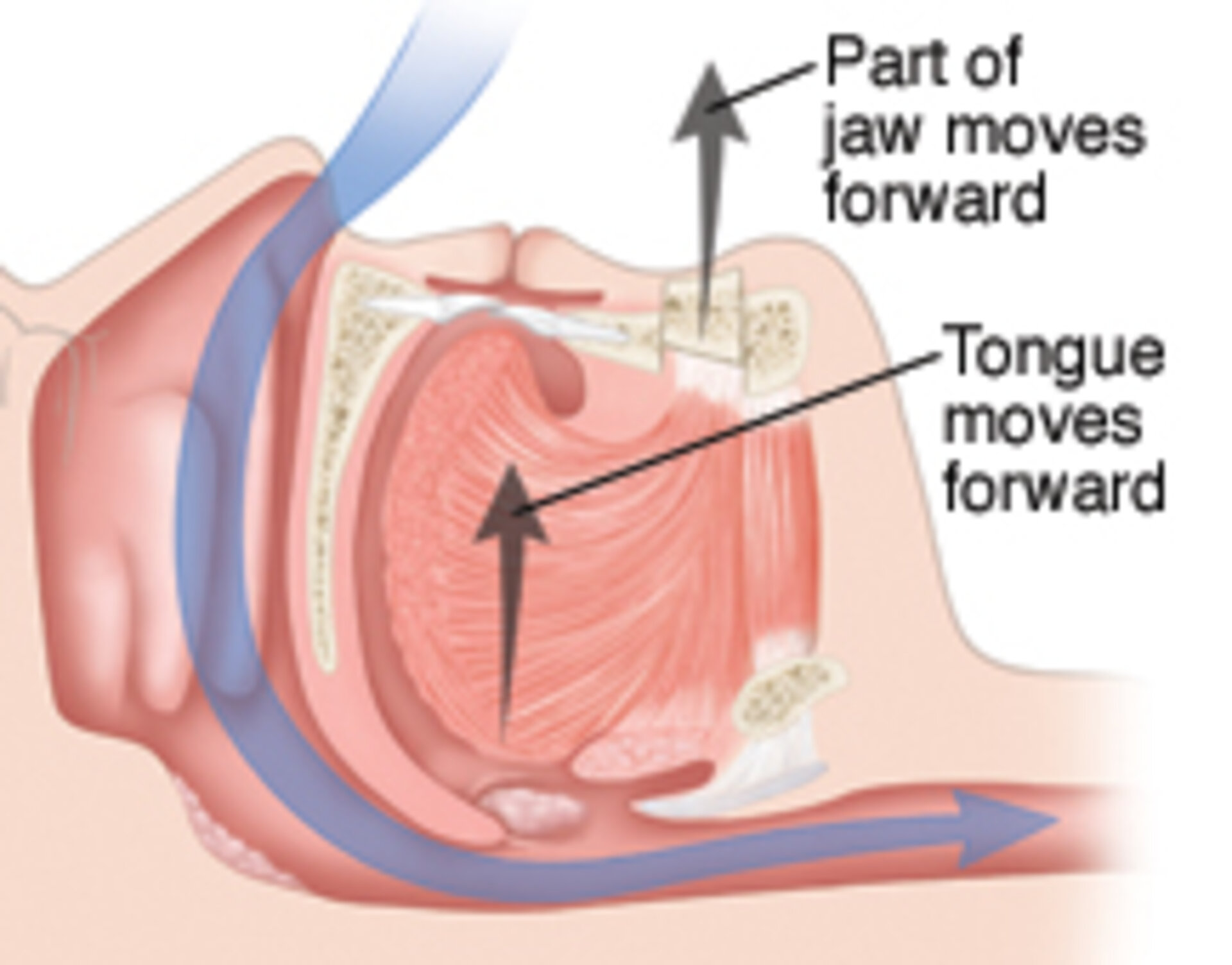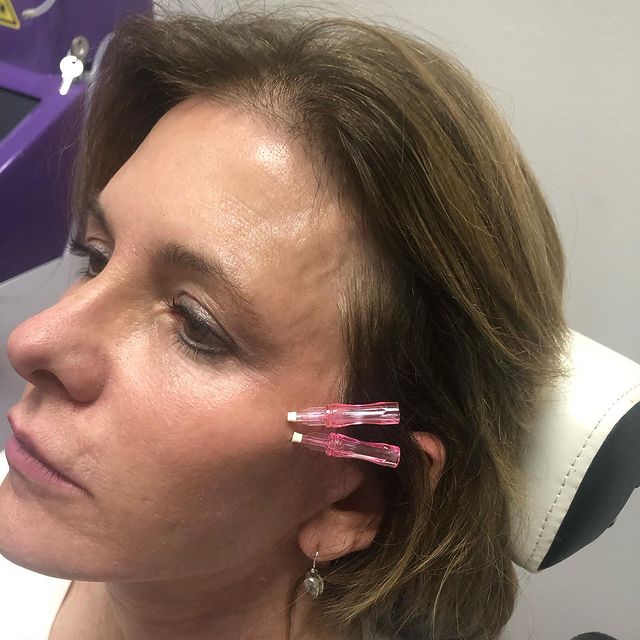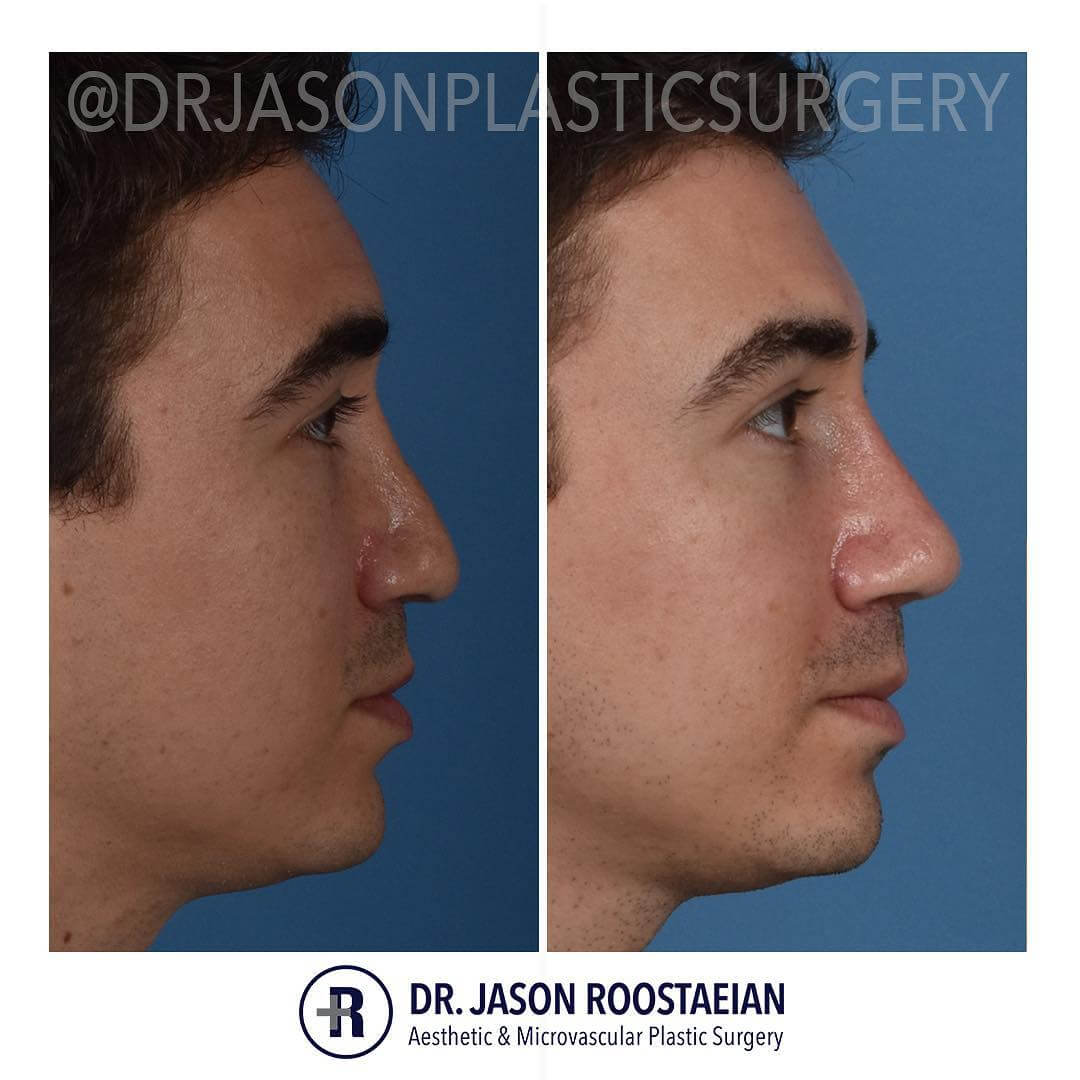
Inframammary incision is a surgical procedure used to augment the breast. The incision is hidden in the crease of the breast and is visible only when the breast is lifted or topless. It can easily be hidden under an average bikini top. It is compatible with pre-filled or large silicone breast implants.
Incision technique
Inframammary is one of most popular breast augmentation techniques. This technique involves creating an inframammary incision and inserting the breast implant. This breast augmentation technique is extremely safe. The incision does not affect the nipple or areola, and it can be performed on women with large breast implants. This is safe for breastfeeding.
The inframammary surgical incision technique has the advantage of reducing overall surgery time. The surgeon uses a stab-shaped 3 mm incision to insert an infiltration tube. The surgeon then injects 150mL of tumescent solution through the incision. This will elevate the pocket, promote hemostasis and encourage blood flow.
Criteria for inclusion
The inframammary fold is an important landmark in breast surgery. It is the border between the breast and chest wall that defines the inferior margin of the breast. To avoid implant migration, the fold provides inferior support for subpectoral screws. The fold is also vital for aesthetic and reconstructive procedures.

Women must be at minimum 14 years of age and suffer from excessive inframammary or other forms of sweating to be eligible for this study. Patients below 18 years old must be accompanied and signed by a legal representative. The FITC is not available to women who have been pregnant or are breastfeeding. The study is voluntary, and patients should know that there are no financial incentives for participation.
Risks
Inframammary procedures come with risks. Lowering the inframammary fold can result in a double-bubble deformity where the breast tissue ends and the implant contour begins. This type deformity can lead you to many complications, including breast carcinoma.
Inframammary cuts are less effective than those made at either the periareolar and circumareolar creases. This is due to the fact that the lower pole of your breast's sensory nerves can be stretched or cut by inframammary surgery. Inframammary and periareolar incisions may result in a higher incidence of nipple necrosis. They are also less aesthetic.
Disadvantages
The inframammary Incision is the most used in plastic surgeries. It is easy to use and visible. It is also able to directly access submuscular or subpectoral planes. This type is also less invasive than other incisions and presents fewer risks including infection and hematoma development. Inframammary incisions are ideal for creating placement symmetry without causing scarring.
However, there are some disadvantages to this type of breast enhancement. It can sometimes be more precise than other methods, and the implants might sit too high or unevenly. In addition, the scar that is left behind will not be as easy to hide as one may think.

Modified approach
The inframammaryfold is an incision that starts at the chest wall and ends at the underlying glandular tissues. The inframammaryfold is closed by multiple layers, absorbable sutures that reach the medial or lateral edges. The skin disk is then moved towards the center of breast, bringing the disc to the original nipple–areolar location. Smaller gauge sutures are used to close the wound.
The incision takes place along the inframammary lines, which are far away from the flap’s edge. In some instances, special devices are used to harvest flap material, such as an endoscopic instrument or a retractors with a lighting system.